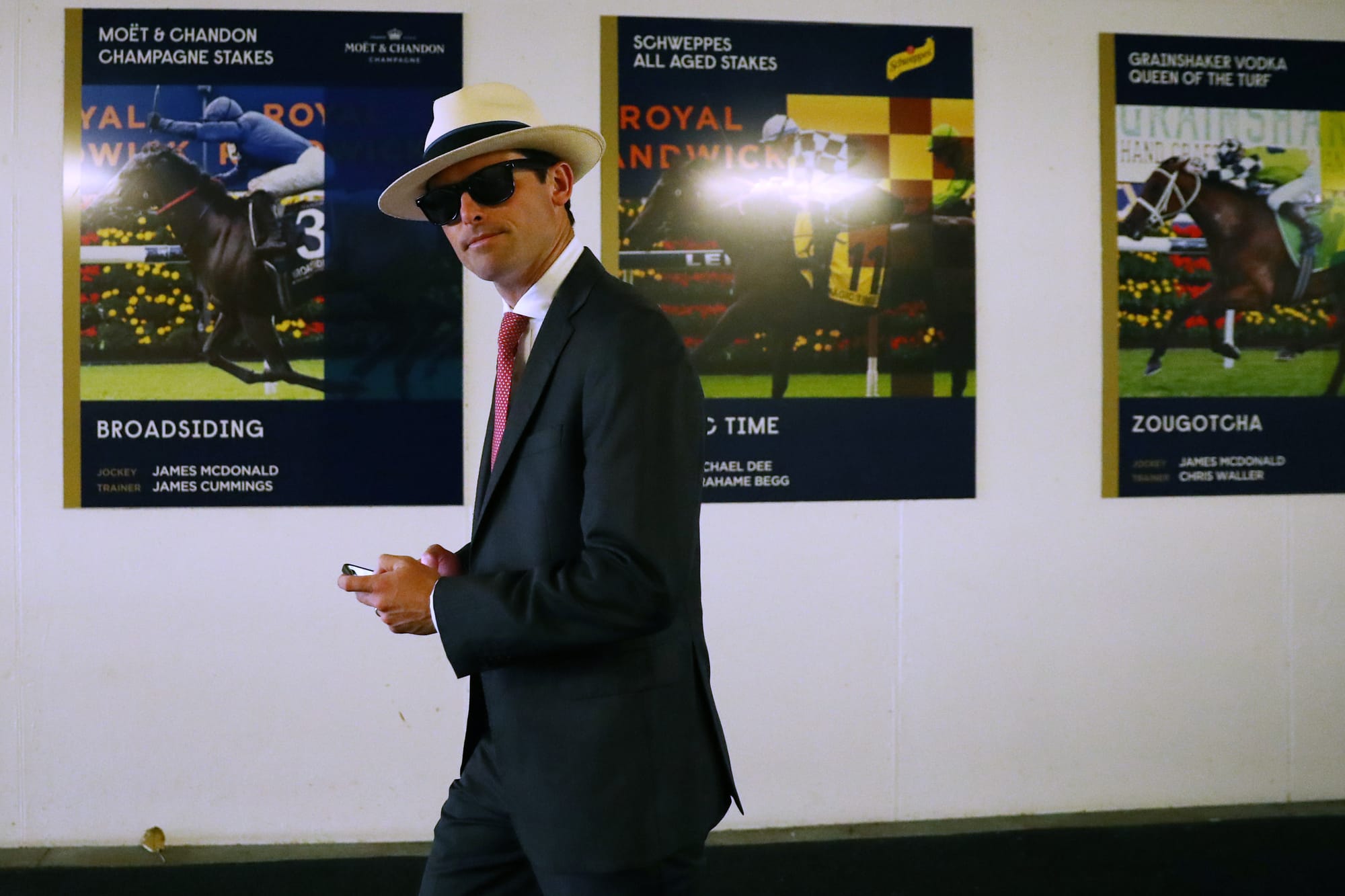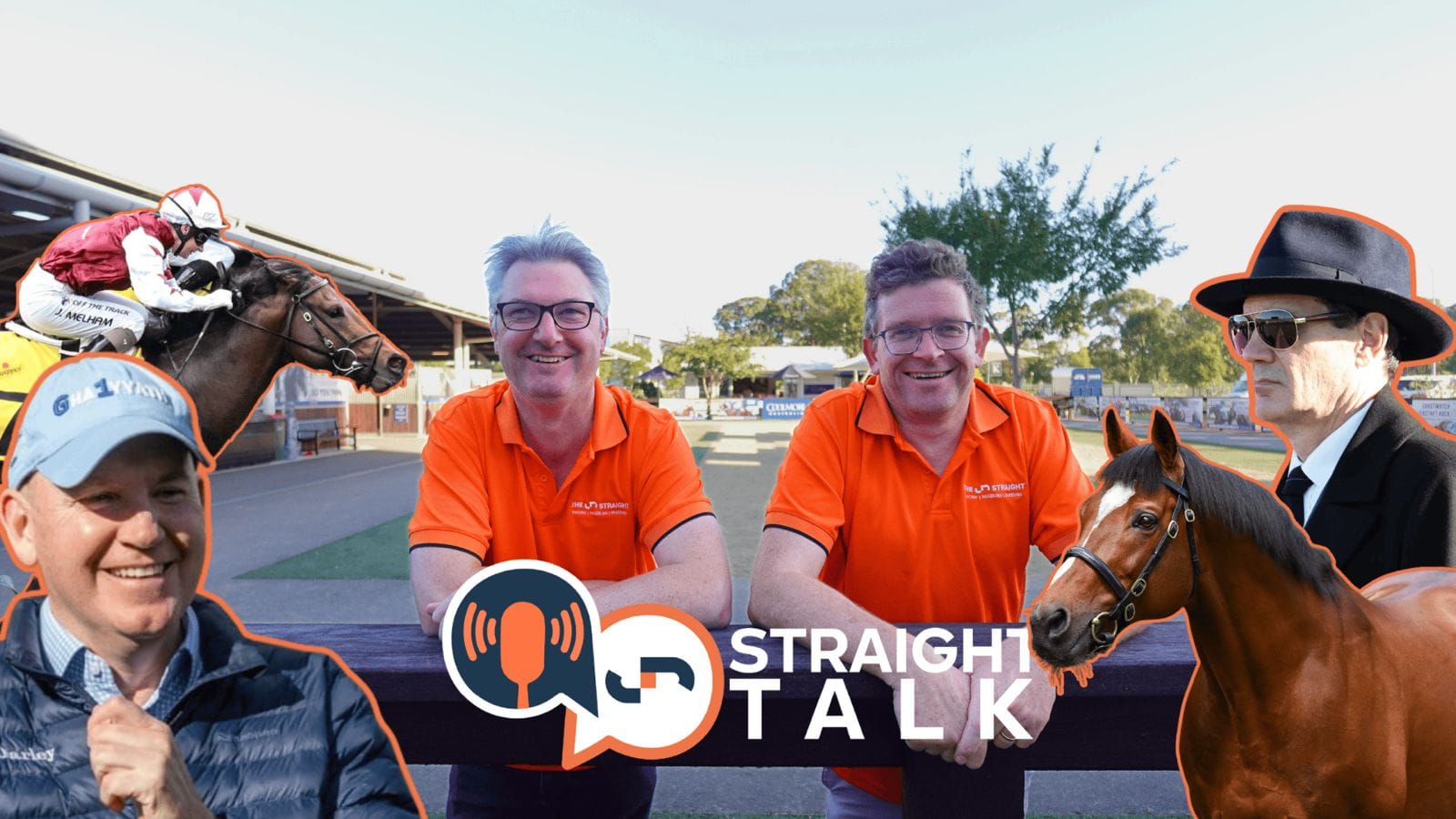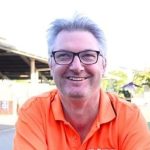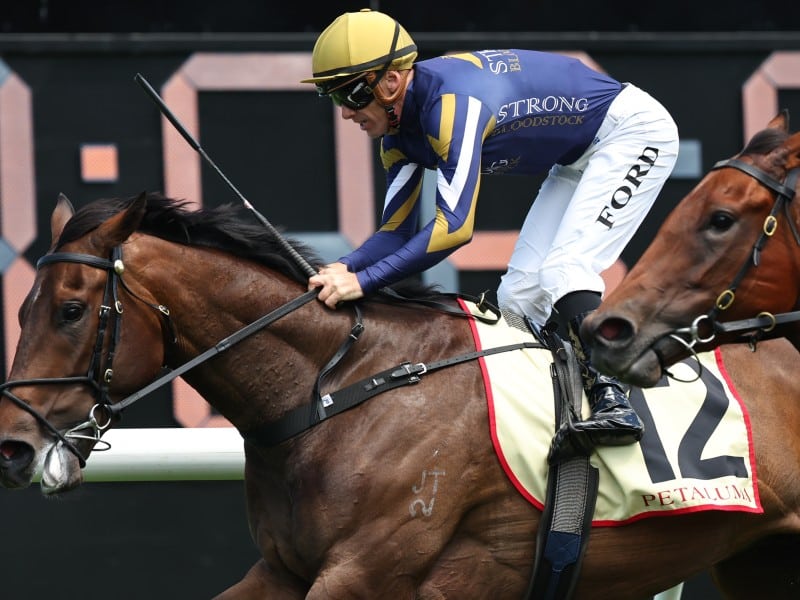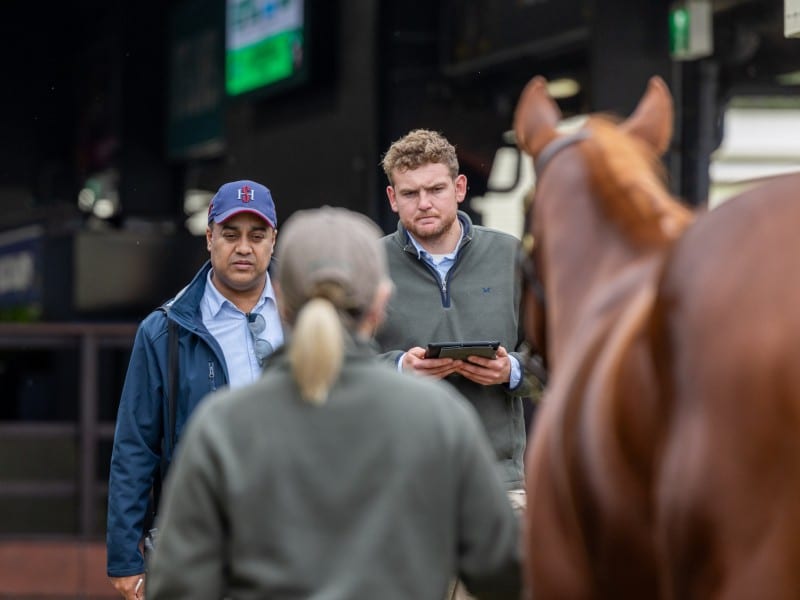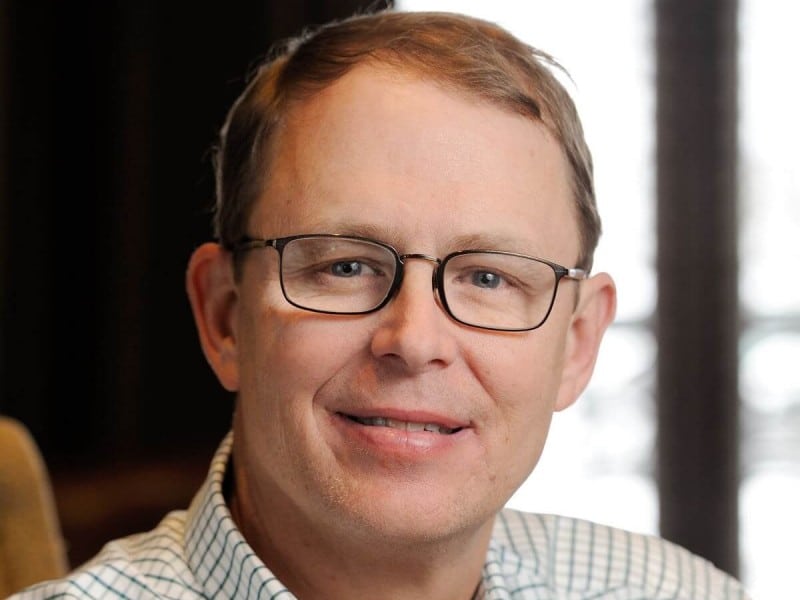‘On our own two feet’ – Makiv making the most of an independent Godolphin Australia
Twelve months into his tenure as Godolphin Australia managing director, Andy Makiv says the success of the local arm of the global powerhouse rides on the back of Darley’s revitalised stallion roster.
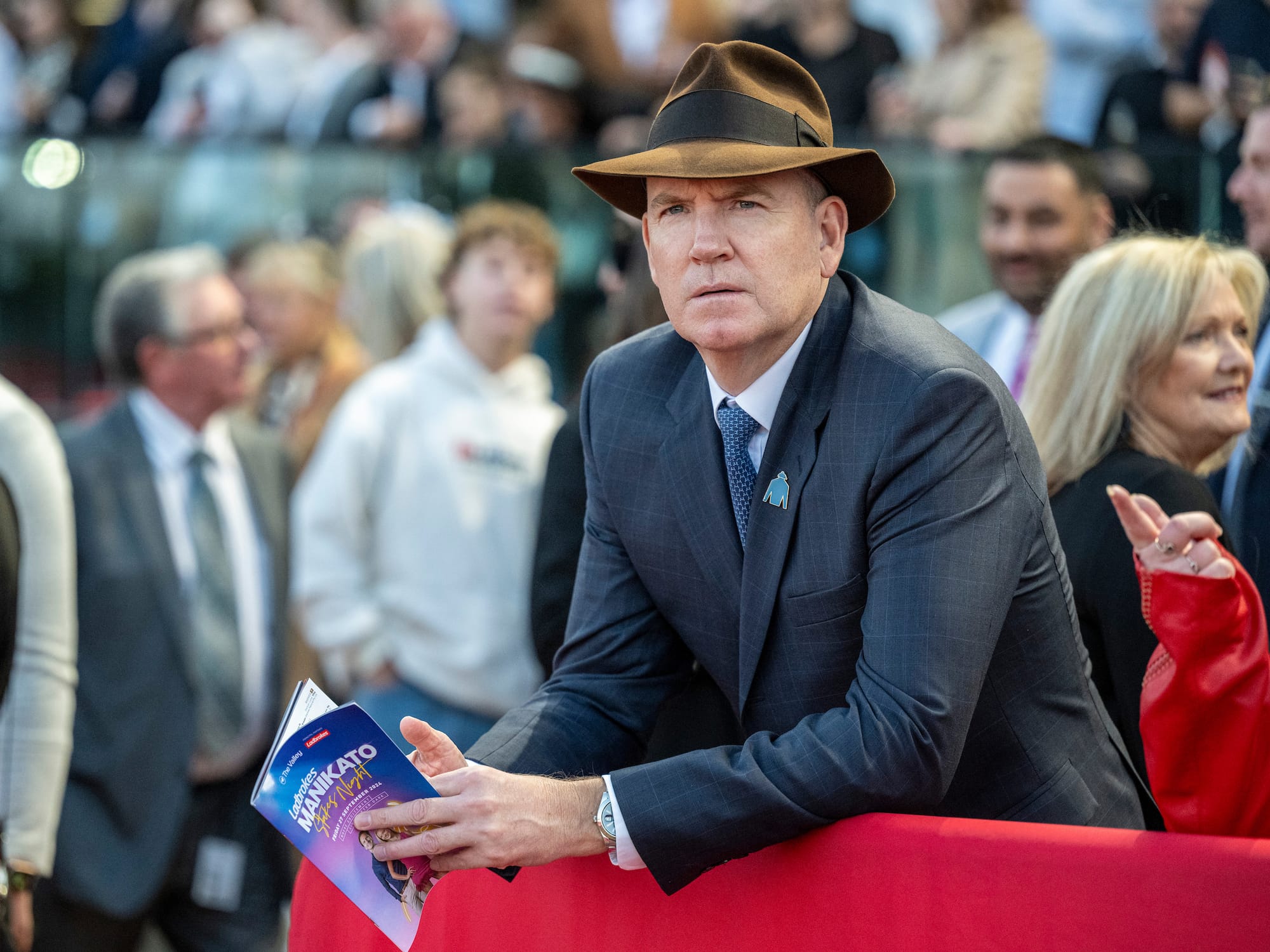
Godolphin’s Australian racing and breeding operation must stand on its own two feet, Andy Makiv has revealed.
Twelve months into his tenure as Godolphin Australia managing director, Makiv believes the reshaped Australian business, with its racing division outsourced to public trainers at the start of the current season, will help maintain the conglomerate’s important place in the local thoroughbred ecosystem.
And the key to continuing the revitalisation of Godolphin’s business, primarily in NSW and Victoria, will be the Darley stallion roster that features the return of Too Darn Hot, his first season sire son Broadsiding, Horse of the Year Anamoe as well as Pinatubo and Cylinder, among others.
In his most open and forthright interview since taking charge of Godolphin Australia 12 months ago, and almost two years since Vin Cox departed the racing and breeding empire, Makiv provided a unique insight into the inner workings of the global operation and the local arm’s place within it in an exclusive interview with The Straight.
While Australia is an integral cog in the Godolphin’s international racing and breeding wheel – and it can lay claim to producing Sheikh Mohammed’s most successful racehorse, nine-time Group 1 winner Anamoe – Makiv indicated that the entities which operate in different jurisdictions maintain their independence.
“It’s an interesting question because we are certainly different companies. So, as much as we rely on each other and the brand, we are accountable for our own jurisdictions,” Makiv told the Straight Talk podcast.
“So that’s an important piece to understand that we’ve got to stand on our own two feet like Japan does, like America does, et cetera.
“And that’s been something that we’re looking at to ensure that we are an efficient, sustainable business. But at the same time, we can’t be as successful as we’ve been without the shuttle stallions.”
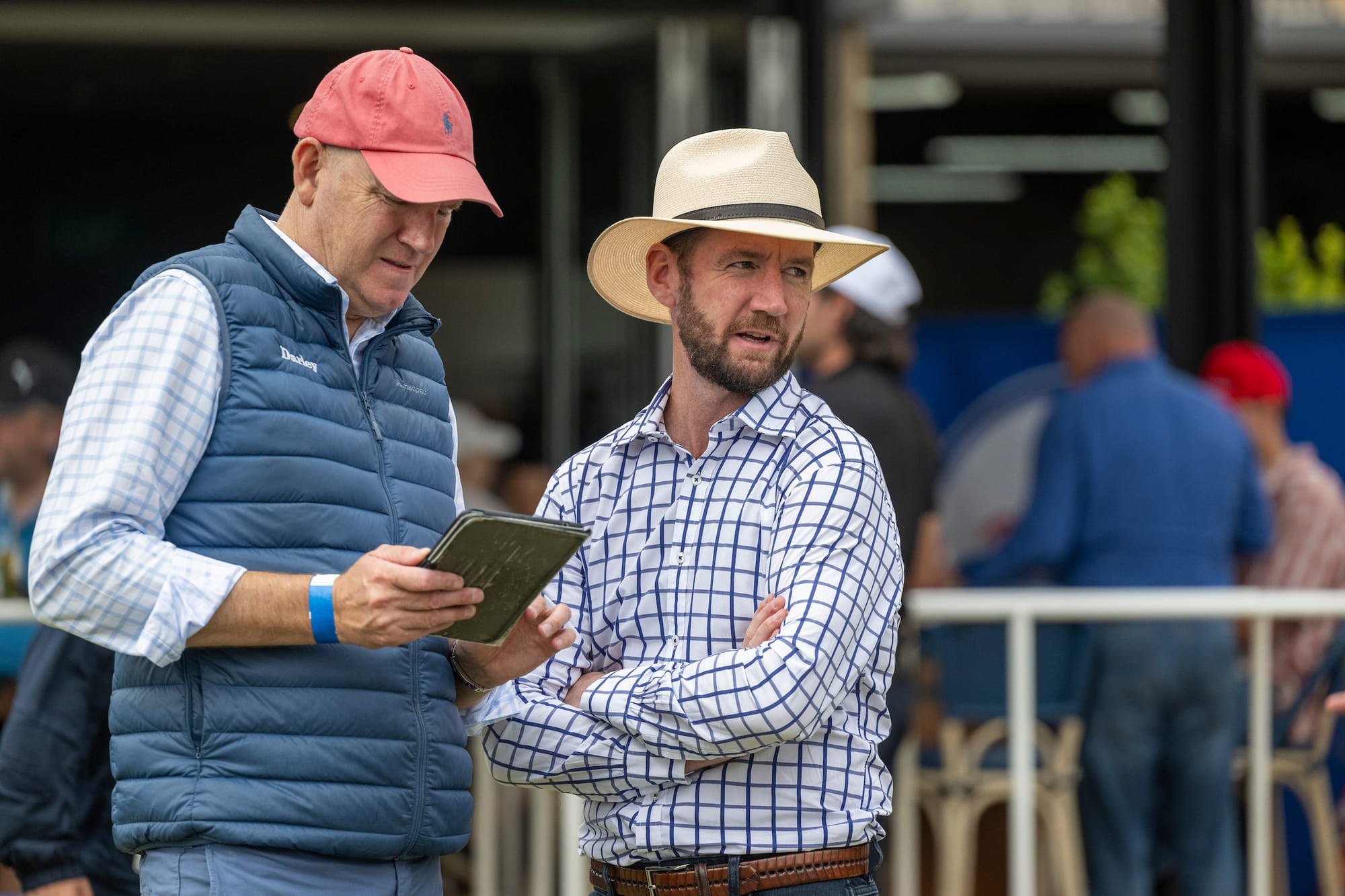
However, Makiv is quick to add that Godolphin must leverage its competitive advantage that the scale of its international business brings, particularly when it comes to its global stallion roster.
“So, our relationships with America, to get a horse like Sovereignty potentially down in the future would be amazing, a triple Group 1 winner, Kentucky Derby winner like him, and our relationship with the UK and Ireland where we can get access to horses like Too Darn Hot, Pinatubo and Harry Angel, a (three-time Group 1 winner) Notable Speech maybe next year,” he says.
“And also we’re even looking at stallions in Japan, so the whole company works together really well.”

Faced with long-term trainer James Cummings’ contract expiring at the end of July, Makiv and his team have set about future-proofing the Godolphin Australia business.
The lack of commentary from head office led to speculation about Cummings’ ties to Godolphin – he has since secured a contract to train in Hong Kong at the start of the 2026/27 season – as well as the racing and breeding empire’s ongoing commitment to the Australian industry.
Just weeks after confirming in early April that champion first season sire Too Darn Hot would return to Kelvinside this year after spending the southern hemisphere breeding season at Dalham Hall Stud at Newmarket, Makiv and Godolphin announced the decision to move to a public training model.
So far, horses are spread across nine different trainers including Ciaron Maher, Chris Waller, Gary Portelli, Bjorn Baker, Michael Freedman and Tony and Calvin McEvoy as well as Anthony and Sam Freedman, who were already on Godolphin’s training roster.
Straight Talk – Godolphin’s New Playbook: Andy Makiv opens up, plus an ATC shake-up and no more G1s for now
Godolphin quinellaed the Run To The Rose last Saturday, with the Maher-trained Tempted taking out the Group 2 three-year-old race ahead of Bivouac colt Beiwacht who is now under the care of Waller.
“The stables were obviously very big in terms of fixed costs, essentially, and also big in terms of the operation and it dawned on us that there was potential to look at doing it differently,” Makiv explained.
“So, there was an opportunity to look at everything, look at the operation and think, ‘is there a different way of doing this?’
“We obviously did a lot of work on it and thought that as part of our evolution, there was an opportunity to do similar things to (what) they do in America … and use outside trainers and hope that we had a similar impact in terms of successful results.
“But also be able to be more involved in the market, more involved in the broader bloodstock community, not be so insular and take that leap. So, it was a big leap at the time and a lot of work went into it and I think it started pretty well.”

As a result, Godolphin has valuable facilities that are no longer being utilised.
Waller has leased Godolphin’s Flemington stables, Carbine Lodge, while the organisation is considering what to do with their considerable NSW racing assets, Crown Lodge at Warwick Farm and its private training property at Agnes Banks near Hawkesbury.
Makiv hinted that “there’s something in the wings pretty soon” as to whether Godolphin leases or sells its NSW training bases.
“At the end of the day, we’re very wary that they’re wonderful horse facilities and we’d like horses to be there on them,” he says.
“So, whether that’s the asset being sold to someone to purchase and take on, or lease, one of the two things will be happening at some stage in the next six months.”
To support its racing team, Godolphin maintains a broodmare band of about 190 mares, 40 of which are sold in-foal each year, with 100 to 120 foals estimated to go into training each season.
Makiv does not see this strategy changing.

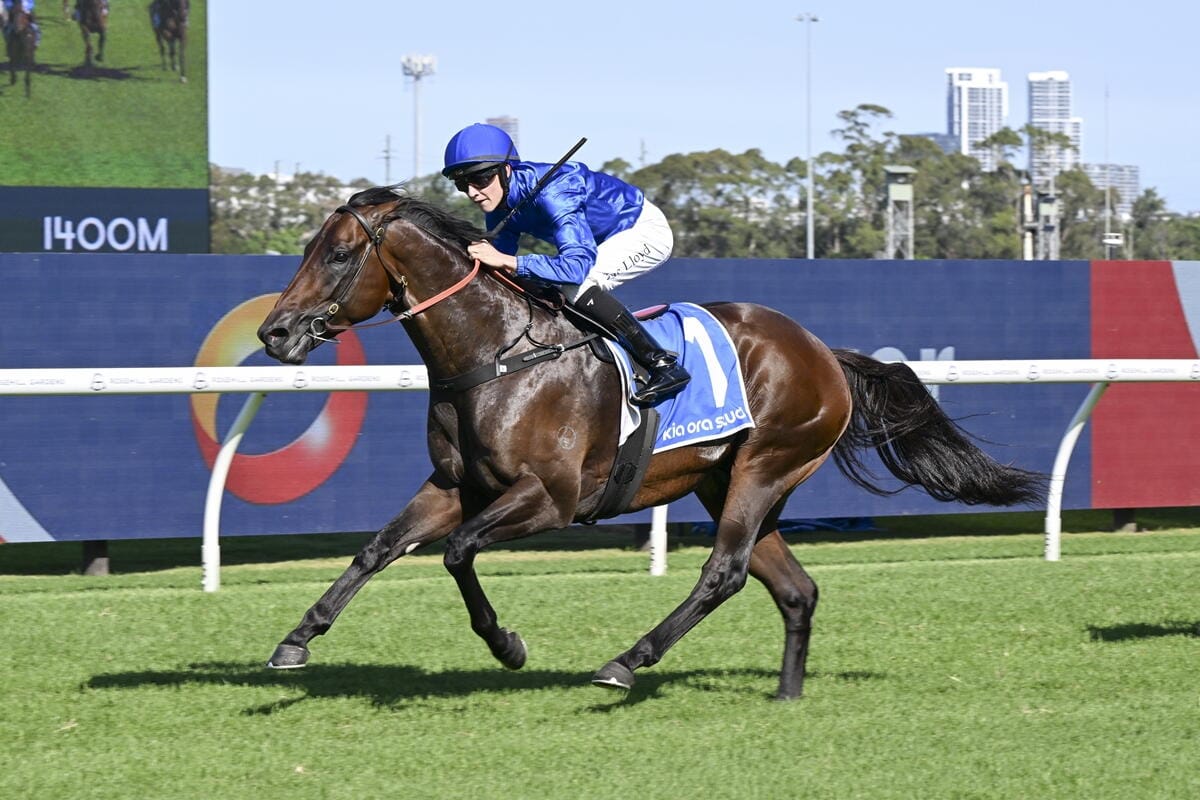

Too Darn Hot, Broadsiding and Anamoe are three young starts on the Darley roster. (Photos: Darley)
Asked about wider industry issues affecting the Australian bloodstock market, Makiv called on principal racing authorities and the national body, Racing Australia, to provide clarity about its intentions to sort out the impasse about the Pattern.
His comments come soon after the Asian Pattern Committee last week rejected proposals for a host of Australian races to be upgraded including the Golden Eagle to Group 1 status.
“If you open a pedigree page, it’s nice to know what you’re looking at. So, the Group Thousand Guineas or the Group 1 Galaxy or the Group 1 Moir Stakes or the Group 1 whatever means something when you look at, when you open up a catalogue,” Makiv says.
“Ultimately, that’s why I think the Pattern exists, so that your bloodstock has a reference to how good a horse was.
“We’re in the business of breeding, we’re in the business of stallions. So, you know, I think a strong functioning Pattern that makes sense and is consistent is vital.
“So, I think that’s something that requires some clarity, obviously, and requires a resolution. And hopefully at some stage, everyone will get together and sort that out.”
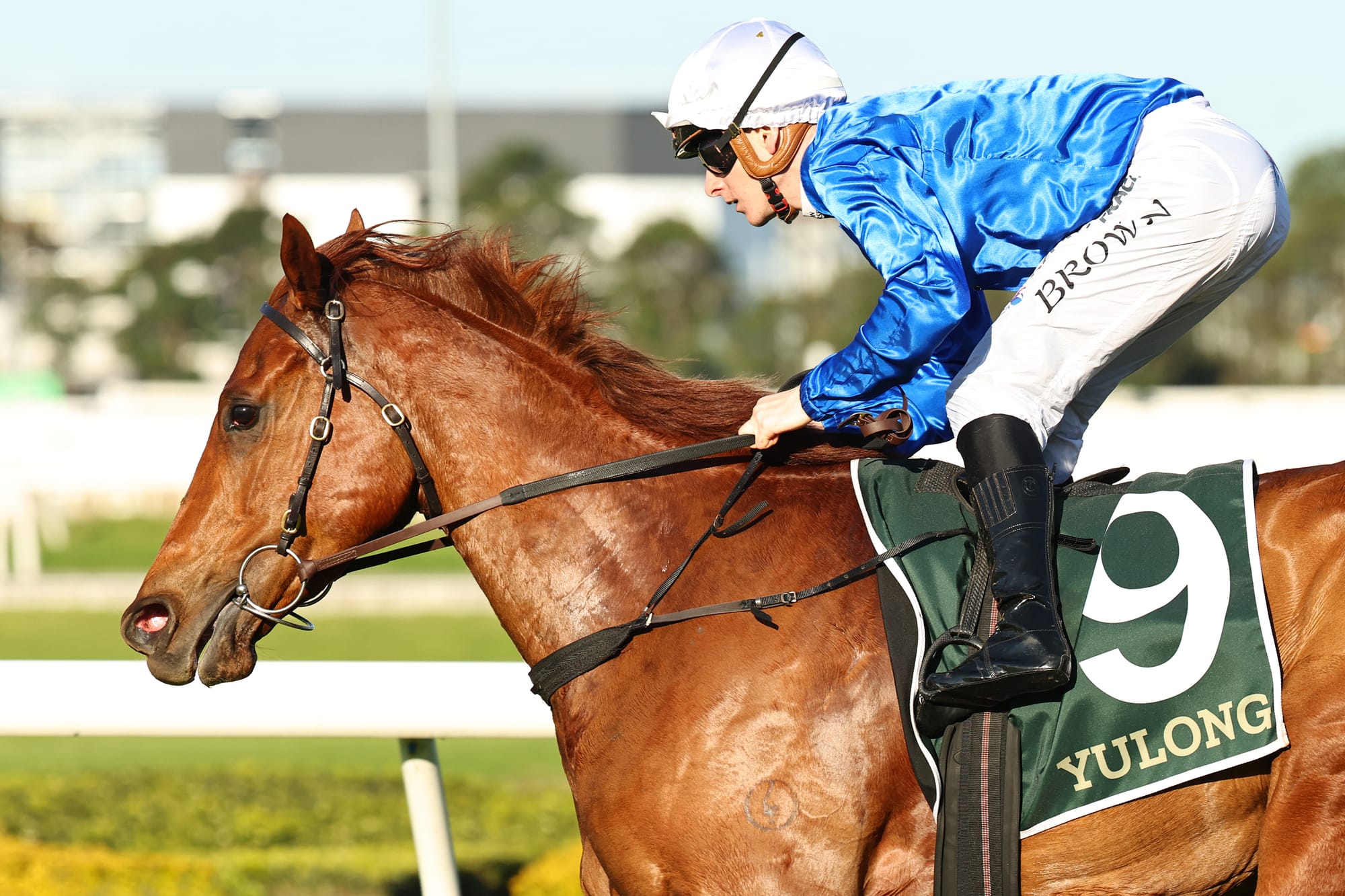
Makiv also believes that while “the metrics at the sales look pretty good” and interest in the industry is strong, more needs to be done to help the smaller participants, including breeders, to stay in the game.
“The costs are an issue in terms of breeding a racehorse, which is effectively a form of manufacturing, and there’s not a lot of manufacturing in Australia anymore because wage costs are high and (the production) costs are high,” he says.
“So, trying to find a way for breeders to exist and to ensure that they can continue to breed a product is important for the foal crop, which is important for the future of the industry. You need a decent foal crop to have good numbers on a Saturday … for people to bet on it and TAB turnover and on and on it goes.
“It starts with the breeders and that’s certainly an area that we’re heavily involved in and we need to make sure that the breeding industry is a vibrant industry.”
Makiv said Godolphin Australia had yet to decide if it would play an increased role at the 2026 yearling sales.
